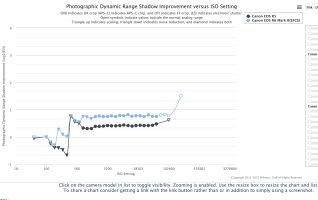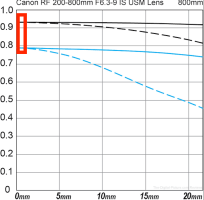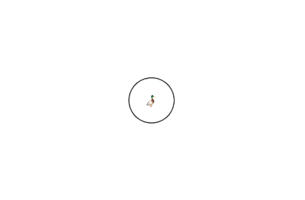Did you mean "1.6x1.6x larger image" in that last line?OK, I can do something even simpler after poring over the dynamic range plots for the most useful way to summarise in practical terms, which is what we want in the end. If shutter speed is not important, then the 800mm at f/9 set at the same iso as the 500mm at f/7.1 but 2/3rds stop slower shutter speed (1.6x slower in real numbers), the image from the 800mm will be 1.6x larger in width and height and 2/3rds stop better DR. If shutter speed is of the essence, set the iso for the 800 2/3rds stop higher (1.6x) and you will get the 1.x1.6x larger image with the same DR as the 500mm.
Upvote
0



